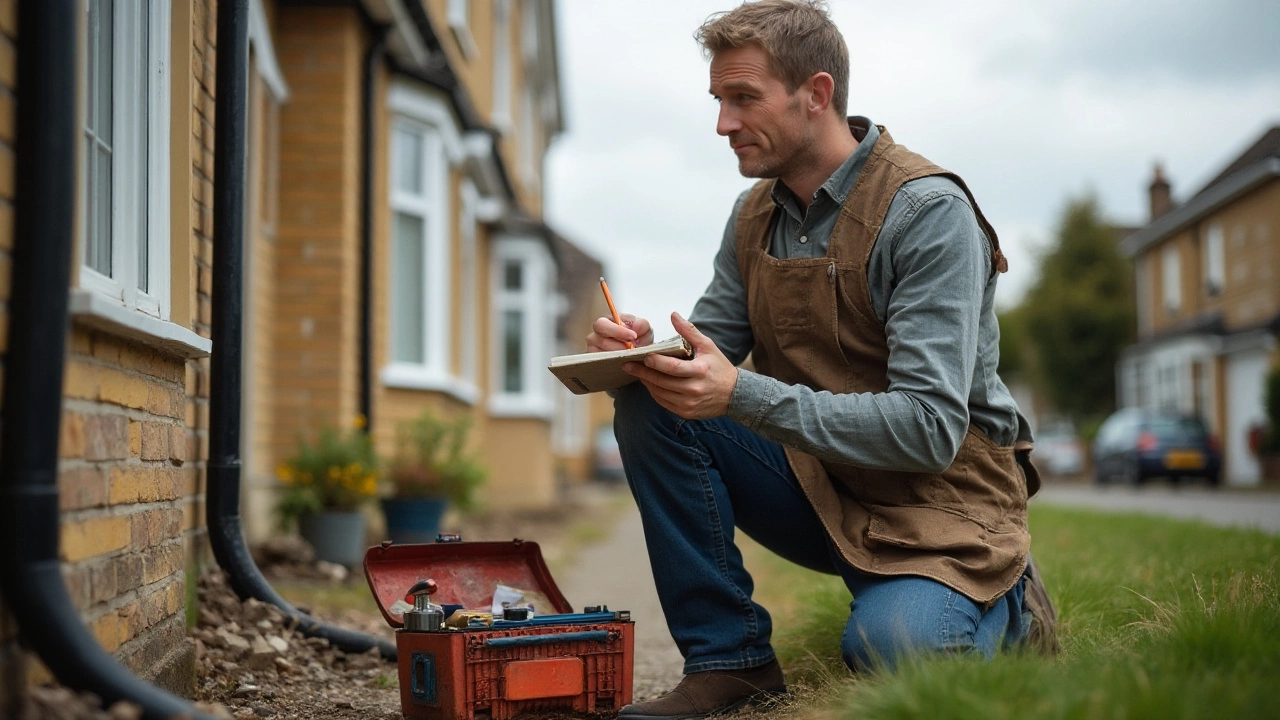DIY Home Repairs: Practical Tips for Every Homeowner
Got a squeaky garage door, a leaky roof patch, or a cracked foundation wall? You don’t have to call a pro for every little thing. With a few tools, a safety mindset, and the right know‑how, you can fix many problems yourself and keep your house in shape.
Safety First: Tools and Precautions
Before you start, grab a sturdy pair of gloves, safety glasses, and a reliable ladder. Make sure the area is well‑lit and that you have a clear workspace. Turn off electricity near any repair that involves wiring, and shut off water when working on pipes. A basic toolbox should include a hammer, screwdriver set, adjustable wrench, tape measure, and a cordless drill. Having the right tool saves time and prevents injuries.
Always test the stability of a ladder on a level surface and never lean too far to the side. If you’re working on a garage door spring, treat it like a high‑tension cable—use a spring‑release tool or call a specialist. Small safety shortcuts add up to big peace of mind.
Common Repairs You Can Do Today
Garage door rollers and tracks. If the door sticks, remove the rollers, clean the track with a damp cloth, and lubricate with a silicone spray. Re‑install the rollers and test the door a few times. This simple maintenance often eliminates noisy operation.
Roof leaks. Locate the damaged shingles, lift them gently, and slide in a new shingle using roofing nails. Seal the edges with roofing cement to stop water from seeping in. For larger areas, a waterproof membrane patch works well.
Foundation cracks. Small vertical cracks can be filled with epoxy injection kits sold at hardware stores. Clean the crack, inject the epoxy, and let it cure for 24 hours. If the crack widens or is horizontal, it’s best to get a professional assessment.
Leaky faucets. Turn off the water supply under the sink, remove the faucet aerator, clean any mineral buildup, and replace the washer if needed. Re‑assemble and turn the water back on. You’ll notice a drop in water bills fast.
Wall holes. For nail holes, push a spackle putty into the hole with a putty knife, smooth it out, let it dry, then sand lightly. Paint over the spot to match the wall. Larger holes may need a drywall patch and joint compound.
These projects usually take under two hours and cost a fraction of a professional’s quote. The key is to stay organized, follow each step, and know when a job has gotten beyond your skill level.
When you finish a repair, take a moment to tidy up the area and store your tools properly. A clean workspace helps you stay safe and makes the next DIY task easier.
Remember, DIY home repairs are about confidence, not bravado. If a repair feels risky—like dealing with gas lines or major structural issues—calling a qualified contractor saves money in the long run. Use these tips as a starting point, and you’ll keep your home running smoothly without breaking the bank.

DIY Foundation Repair: Can You Fix Your Own Home's Base?
Jan 22, 2025, Posted by Damon Blackwood
Foundation issues can be daunting, but understanding the basics can help homeowners make informed decisions. This article explores whether it's feasible to tackle foundation repair as a DIY project. It delves into common foundation problems, tools and techniques, and when to call in professional help. Readers will find useful tips, potential warning signs, and an overview of the process involved in ensuring a stable foundation.
MORESEARCH HERE
Categories
TAGS
- foundation repair
- commercial construction
- construction
- new builds
- home improvement
- home renovation
- bathroom renovation
- residential construction
- construction materials
- home foundation
- renovation tips
- building types
- contractor
- foundation cracks
- home construction
- architectural services
- building codes
- construction differences
- home inspection
- kitchen installation